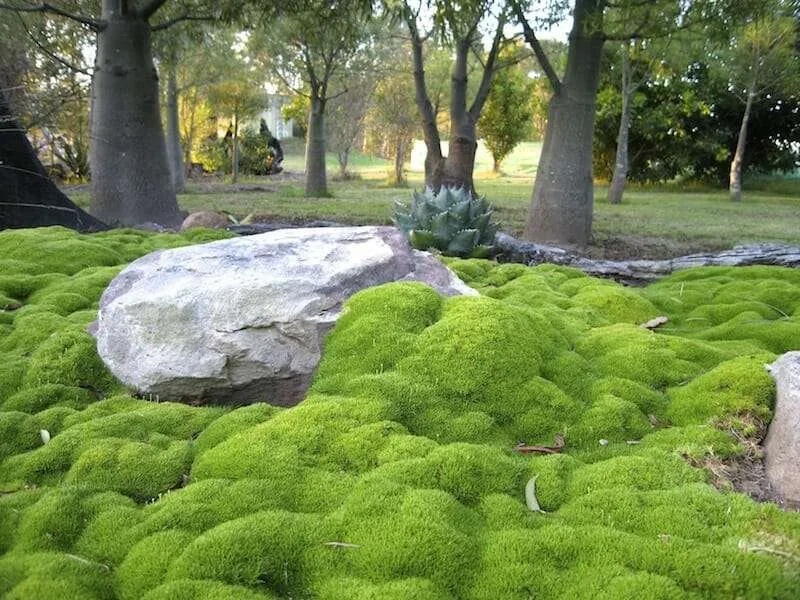Gotu Kola, Centella asiastica
Recently, I became the proud parent of a potted gotu kola. My friend from Sri Lanka grows this herb on her patio and had an extra container to share. If you know about the magical qualities of this humble, hard-to-find-fresh herb, then you might be a bit envious. If you are unfamiliar with this plant or only know it as an herbal supplement or as an ingredient in fancy facial creams, then you are in for a treat.

Let’s start with the good stuff. In many parts of Asia, gotu kola has been called “the fountain of life” and an “herb of longevity.” Legend says an ancient Chinese herbalist lived for 200 years because he ate gotu kola. This herb, packed with essential vitamins and minerals, has been used for thousand of years to treat numerous afflictions in India, China, and Indonesia. In Ayurveda, it is believed to improve mental clarity and support a long life. In India, a common saying is that elephants gain their good memory from snacking on wild gotu kola. My friend claims eating this herb is great for a healthy complexion; it can also be mashed up and combined with coconut oil and tumeric for a glowing face mask. Side note: before eating gotu kola, consult with your doctor if you are on medication, are pregnant, nursing, or allergic to it.
What does it taste like? The flavor is mildly herbaceous like celery (it’s actual related to parsley), and the young leaves and stems can be added to curries, soups, salads, or smoothies. It can be eaten raw or cooked. A traditional Sri Lankan dish is gotu kola sambol, a salad made with the leaves, freshly grated coconut, green chili, onions, tomatoes, lime juice, and salt.

In its native tropical habitats, including India, Hawaii, Australia, Africa, and Southeast Asia, this creeping perennial can be found growing with abandon in open forest canopies, streamsides, shady roadsides, even damaged soil affected by fires or destruction. If you plan on growing this plant in your garden, know that it can be an unassuming but ambitious spreader in warm, moist climates. If, on the other hand, you want to harvest the nutritious leaves to eat, then I recommend planting it in a raised container. Hardy to USDA Zone 8-12, this herb can be grown outdoors as a summer annual or brought in for protection over the winter, then moved back outside for the sunnier months. Known as “cup shaped leaf” in Sri Lanka, gotu kola also sends out dainty tendrils that spill sweetly over edges.
Unfortunately, I have never seen this plant sold in nurseries as starter plants, so you might want to consider growing this plant from seed. Make sure you use organic lightweight soil and keep the seeds warm and moist. It will be about 90 days to harvest, but always read your seed packet for specific growing details. I’m hoping to divide my plant in the spring and gift a clump to my mom.
Cheat Sheet

- Add a container of gotu kola to your sunny kitchen window or potted herb garden.
- Tasty and healthy when added to a variety of dishes.
- Tiny white/pinkish flowers can occur but are hard to see under the leaves; if they bloom, save the seeds.
Keep It Alive
- Plant in rich, fertile soil that readily drains to avoid potential rotting.
- Place your gotu kola in a warm and sunny spot.
- Either apply some compost or give it drinks of fish emulsion or compost tea.
- Very important: This plant is quite thirsty so don’t let it dry out.
- Space about 2 feet apart because they spread out with horizontal rhizomes.
- Trim away any old or brown leaves.
See also:
- Gardening 101: Comfrey
- Greatest Hits 2023: Mugwort the Herb vs. Mugwort the Weed
- Spice Kit: How to Grow Ginger, Turmeric, and Cardamom at Home












Have a Question or Comment About This Post?
Join the conversation (0)